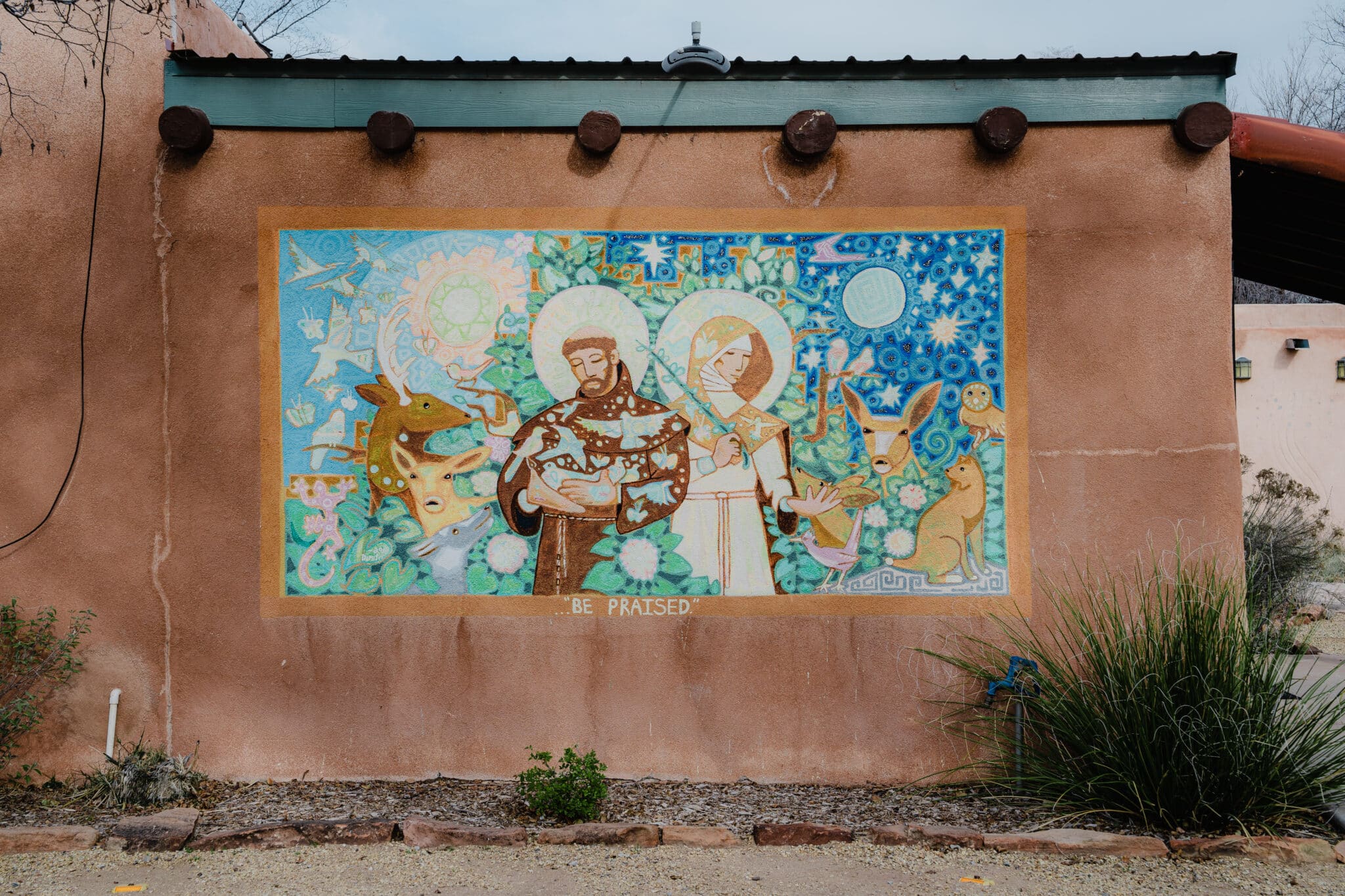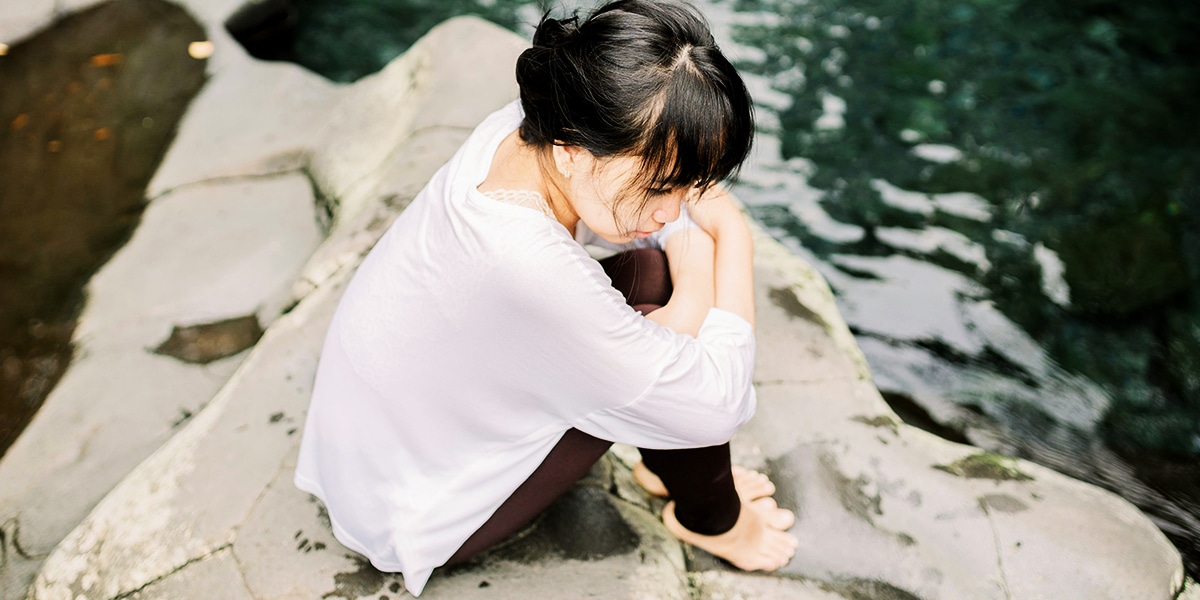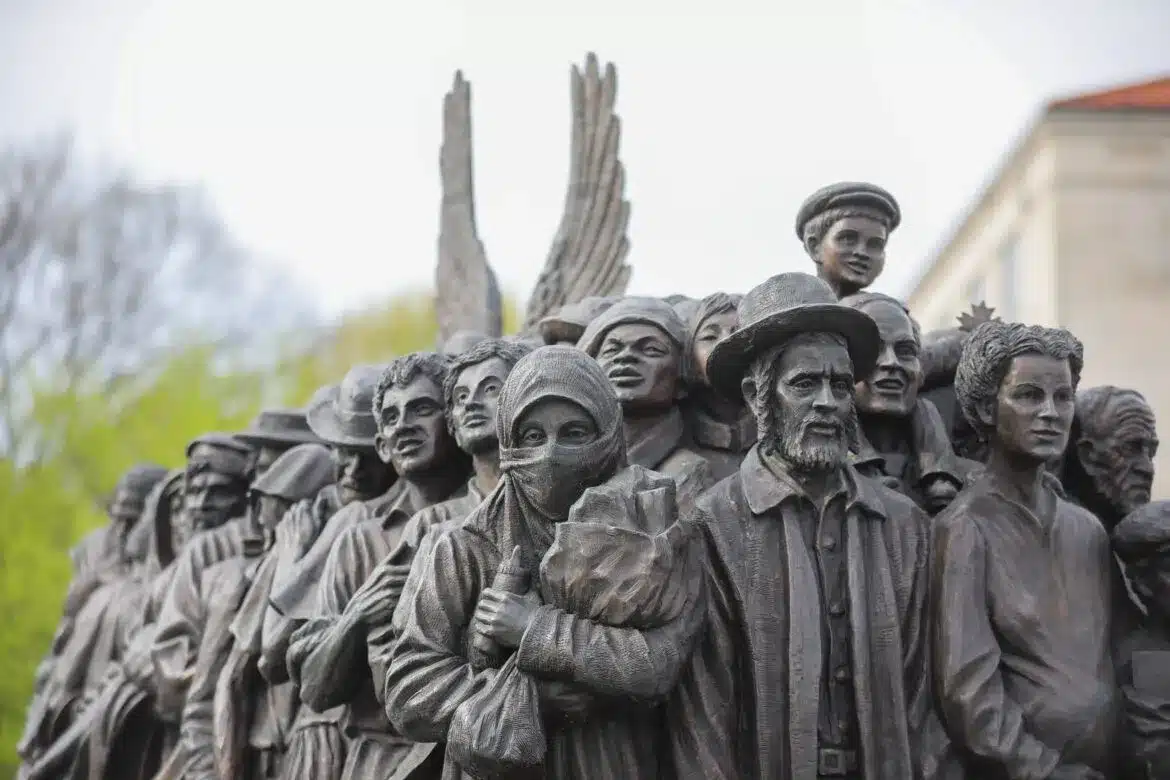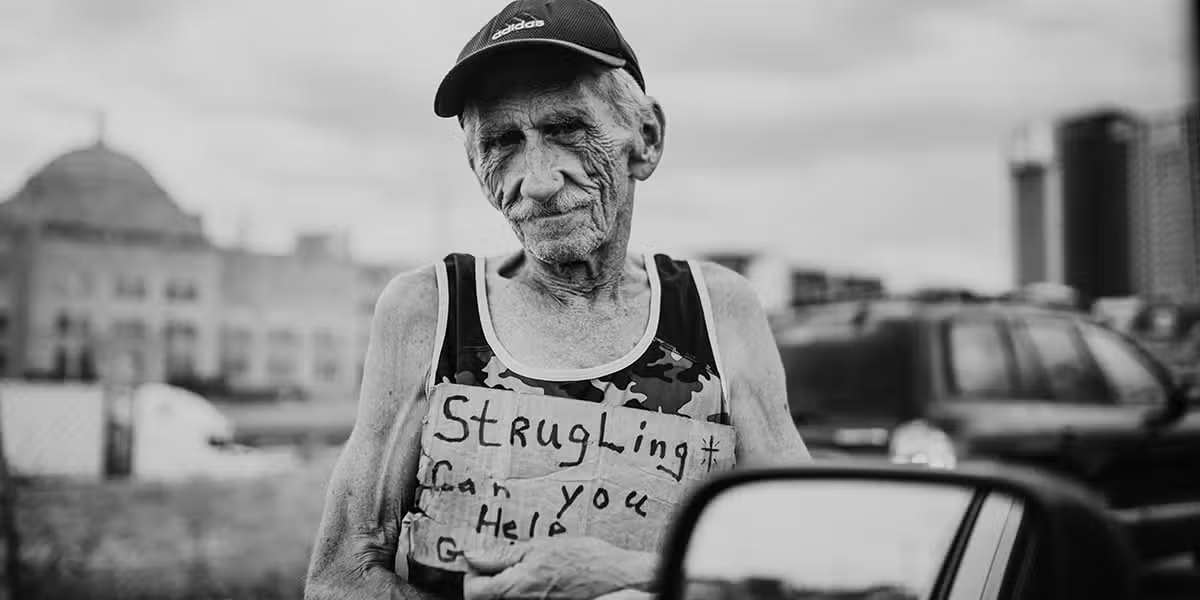BALTIMORE (OSV News) — When three members of St. Ann Parish in East Baltimore sat down with leaders of the Dicastery for the Causes of Saints at the Vatican in late October to advocate for sainthood for six Black potential saints from the United States, they shared their personal experiences of being Black and Catholic.
“One of the things that we wanted to make clear, you know, just looking at the three of us, is that we’re the last generation to have openly experienced the personal side of the white supremacy that existed in the Catholic Church in those days,” said Ralph Moore, a member of St. Ann who has been spearheading an effort to get “the saintly six” canonized quickly.
He said that he and fellow travelers Dolores Moore (no relation) and Mary Sewell can remember being told to sit in the back pews of their churches. “We were told to wait till all the white folks in the congregation that day received Communion first,” he said.
He recalled white ushers blocking the holy water fonts so that Blacks could not bless themselves upon entering the church, but they stepped aside so whites could use the font.
“We wanted them to understand that we know, and we have felt this thing, this racial prejudice and discrimination thing, and that the fact that there are no Black saints (from the U.S.), it’s hurtful to us,” Ralph Moore told the Catholic Review, the news outlet of the Archdiocese of Baltimore.
The potential saints in question include one with ties to Baltimore, Mother Mary Lange, who has the title “venerable,” the founder of the Baltimore-based Oblate Sisters of Providence, the world’s first sustained religious community for Black women.
Other Blacks from the United States under consideration are Sister Thea Bowman, the first African American to become a member of the Franciscan Sisters of Perpetual Adoration, and Julia Greeley, known as the city of Denver’s “Angel of Charity” — who both have the title “servant of God.” Three others who have been declared “venerable” are Mother Henriette Delille, founder of the New Orleans-based Sisters of the Holy Family; Father Augustus Tolton, the first Catholic priest in the U.S. known publicly to be Black; and Pierre Toussaint, a noted philanthropist.
The Baltimore visitors had an audience with the Dicastery for the Causes of Saints Oct. 31.
Cardinal Marcello Semeraro, the prefect of the dicastery, joined the meeting at the beginning and end. Michaelite Father Boguslaw Stanislaw Turek, undersecretary for the dicastery, and an interpreter from the Diocese of Brooklyn, New York, who works at the dicastery, Father Patrick Dorelus, met for about two hours with the trio from Baltimore.
“We felt it was beneficial to have somebody who is African American as we were, but who could speak Italian and understood the way that the dicastery works,” he said of Father Dorelus.
Ralph Moore said it is hard for Black Catholics in the U.S. to understand why there are white saints from this country but none who are Black. “When you read and study the lives of these particular (potential) saints and they represent us, it just feels like — whether it’s accidental or intentional — it feels like rejection.”
He said they shared with Father Turek some of the background on the six, including some information that Vatican officials seemed not to know, such as that Mother Mary Lange and her Oblates could have been killed for teaching enslaved children, or that Father Tolton was on a streetcar on his way home from a priests’ retreat when he died of heat stroke.
He said the undersecretary showed the Baltimore visitors a wall of books containing a number of “positios,” or comprehensive summary of all documentation for a potential saint’s cause.
The group brought a few hundred of the more than 3,000 letters that have been received in support of the canonization of the six. “We were trying to personalize the lives of these people a little bit and personalize what it means to not only to Black Catholics, but especially to Black Catholics, but also there are many whites who sign the letter who don’t want to be in a church where Black Catholic saints are not recognized,” Ralph Moore said.
“We think that all six of them have been people for others with their lives, with their charitable work, with their courageous educational work,” he added.
Since there are separate groups working on each of the individual causes, Ralph Moore said one of the concerns is that each may want their candidate to be the first to break the barrier for sainthood. He would prefer that all six be canonized at the same time, but he understands that they may be done individually. “We think of them as persons for others, not persons for themselves,” he said.
He said he is glad to have the support of leaders in the Archdiocese of Baltimore, including Auxiliary Bishop Bruce A. Lewandowski, urban vicar, who has celebrated an All Saints’ Day Mass at St. Ann for the saintly six, and who blessed the letters being sent to Rome. They also received a pilgrim’s blessing the Sunday before they left for Rome from Archbishop William E. Lori, who also sent a letter of support to the Vatican.
By Christopher Gunty | OSV News







News & Commentary
Group Visits Vatican Officials, Advocates for Canonization of Black Catholics
BALTIMORE (OSV News) — When three members of St. Ann Parish in East Baltimore sat down with leaders of the Dicastery for the Causes of Saints at the Vatican in late October to advocate for sainthood for six Black potential saints from the United States, they shared their personal experiences of being Black and Catholic.
“One of the things that we wanted to make clear, you know, just looking at the three of us, is that we’re the last generation to have openly experienced the personal side of the white supremacy that existed in the Catholic Church in those days,” said Ralph Moore, a member of St. Ann who has been spearheading an effort to get “the saintly six” canonized quickly.
He said that he and fellow travelers Dolores Moore (no relation) and Mary Sewell can remember being told to sit in the back pews of their churches. “We were told to wait till all the white folks in the congregation that day received Communion first,” he said.
He recalled white ushers blocking the holy water fonts so that Blacks could not bless themselves upon entering the church, but they stepped aside so whites could use the font.
“We wanted them to understand that we know, and we have felt this thing, this racial prejudice and discrimination thing, and that the fact that there are no Black saints (from the U.S.), it’s hurtful to us,” Ralph Moore told the Catholic Review, the news outlet of the Archdiocese of Baltimore.
The potential saints in question include one with ties to Baltimore, Mother Mary Lange, who has the title “venerable,” the founder of the Baltimore-based Oblate Sisters of Providence, the world’s first sustained religious community for Black women.
Other Blacks from the United States under consideration are Sister Thea Bowman, the first African American to become a member of the Franciscan Sisters of Perpetual Adoration, and Julia Greeley, known as the city of Denver’s “Angel of Charity” — who both have the title “servant of God.” Three others who have been declared “venerable” are Mother Henriette Delille, founder of the New Orleans-based Sisters of the Holy Family; Father Augustus Tolton, the first Catholic priest in the U.S. known publicly to be Black; and Pierre Toussaint, a noted philanthropist.
The Baltimore visitors had an audience with the Dicastery for the Causes of Saints Oct. 31.
Cardinal Marcello Semeraro, the prefect of the dicastery, joined the meeting at the beginning and end. Michaelite Father Boguslaw Stanislaw Turek, undersecretary for the dicastery, and an interpreter from the Diocese of Brooklyn, New York, who works at the dicastery, Father Patrick Dorelus, met for about two hours with the trio from Baltimore.
“We felt it was beneficial to have somebody who is African American as we were, but who could speak Italian and understood the way that the dicastery works,” he said of Father Dorelus.
Ralph Moore said it is hard for Black Catholics in the U.S. to understand why there are white saints from this country but none who are Black. “When you read and study the lives of these particular (potential) saints and they represent us, it just feels like — whether it’s accidental or intentional — it feels like rejection.”
He said they shared with Father Turek some of the background on the six, including some information that Vatican officials seemed not to know, such as that Mother Mary Lange and her Oblates could have been killed for teaching enslaved children, or that Father Tolton was on a streetcar on his way home from a priests’ retreat when he died of heat stroke.
He said the undersecretary showed the Baltimore visitors a wall of books containing a number of “positios,” or comprehensive summary of all documentation for a potential saint’s cause.
The group brought a few hundred of the more than 3,000 letters that have been received in support of the canonization of the six. “We were trying to personalize the lives of these people a little bit and personalize what it means to not only to Black Catholics, but especially to Black Catholics, but also there are many whites who sign the letter who don’t want to be in a church where Black Catholic saints are not recognized,” Ralph Moore said.
“We think that all six of them have been people for others with their lives, with their charitable work, with their courageous educational work,” he added.
Since there are separate groups working on each of the individual causes, Ralph Moore said one of the concerns is that each may want their candidate to be the first to break the barrier for sainthood. He would prefer that all six be canonized at the same time, but he understands that they may be done individually. “We think of them as persons for others, not persons for themselves,” he said.
He said he is glad to have the support of leaders in the Archdiocese of Baltimore, including Auxiliary Bishop Bruce A. Lewandowski, urban vicar, who has celebrated an All Saints’ Day Mass at St. Ann for the saintly six, and who blessed the letters being sent to Rome. They also received a pilgrim’s blessing the Sunday before they left for Rome from Archbishop William E. Lori, who also sent a letter of support to the Vatican.
By Christopher Gunty | OSV News